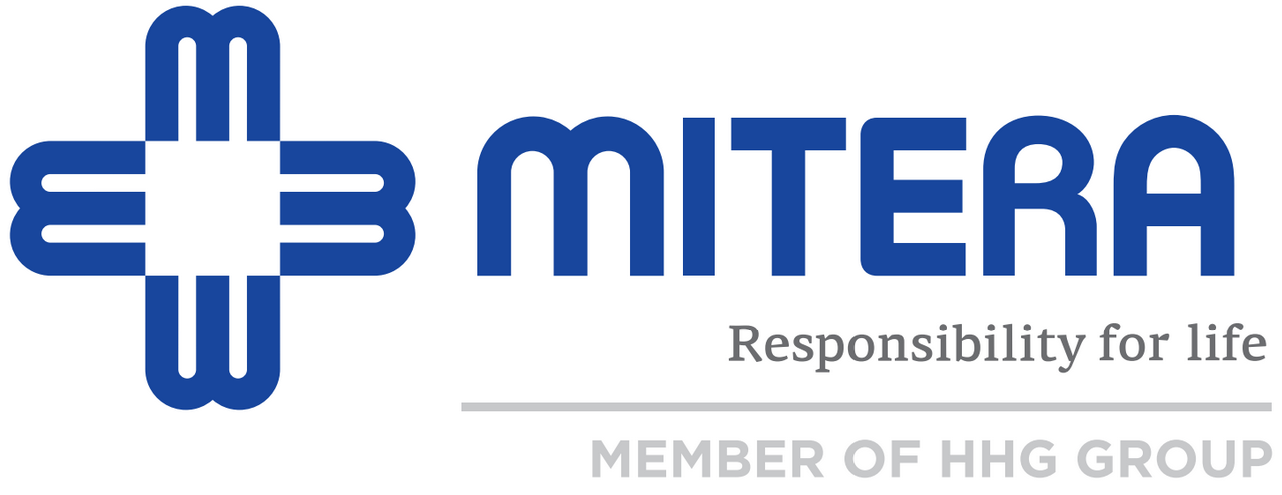Music Psychotherapy
Active music psychotherapy is a relatively new treatment method in Greece. It is a medical specialty with many applications that is addressed to a wide variety of individuals of various ages.
Written by
Sanny Levi
Music psychotherapist, ΜΑ Music Therapy, SRMT, DipGSM
Head of the Paediatric Music Psychotherapy Department of MITERA Children’s Hospital
More specifically, music psychotherapy is addressed to individuals with:
- Psychological disorders.
- Pervasive Developmental Disorders.
- Neurological disorders.
- Psychiatric disorders.
- Learning difficulties.
- Motor problems.
- In need of support during periods of changes, affective disorders and psychological stress.
- Dependencies from narcotics, alcohol, etc.
- Incurable diseases (Aids, cancer, etc.).
- In need for creative expression without having particular knowledge of music.
Music psychotherapy is a form of creative psychotherapy. It is a medical specialty with a clearly therapeutic character that does not pursue amusement, relaxation and/or music education. Music in music psychotherapy is used as a form of expression, creativity and emotional support.
Music psychotherapy was first addressed to children with either none or reduced ability to communicate with words (such as children with pervasive developmental disorders) aiming to provide them an alternative way to communicate and express themselves. It was based on the principle that the ability to respond to music is natural and can not be changed by either sickness or disability.
However, in the recent years, music psychotherapy has broadened its applications. It is addressed to people that have excellent communication skills through speech but face some difficulties to express themselves through speech. Therefore, this particular therapy can provide alternative ways to express themselves.
Many children as well as adults feel the lack of creativity and spontaneity in their lives and music psychotherapy as a treatment can enhance spontaneous creativity. As Dr. Winnicott, a British psychiatrist and paediatrician, states “It is playing and only that, when the child or the adult becomes capable to be creative and to use all his personality. Only a creative person can discover himself.”
How are the sessions held?
Sessions can be tailored for individuals or groups and are carried out in a space full of music instruments such as percussion instruments, drums, orchestra bells, xylophones, etc. During the session, improvisation and verbal communication are the means used for the creation and strengthening of the relationship between the patient and the therapist aiming to communication, creative self expression and emotional support.
More specifically, the therapist encourages the child to explore sound through his voice or simple music instruments that do not require specific knowledge of music in order to create his own communication language through music and improvisation. Moreover, the therapist accompanies and supports the music and the emotional expression of the child in such a way to achieve the best possible therapeutic result.
The therapist and the child together create a unique music happening that is adjusted to the child’s specific needs. This music happening becomes a subject to emphasize, process and discuss, focusing on the restoration, preservation and improvement of the psychological, physical and mental health.
Music psychotherapy for children with disabilities
In the case of a child with disabilities that lives a life full of limitations and isolation, music psychotherapy focuses on things that the child is able to do. In that way, the child’s self esteem and psychology are significantly raised. Therapy offers the child the ability to make his own choices, take initiatives and control on its life.
More specifically, music psychotherapy targets to the following:
- Development of social and communication skills by giving an initiative for communication.
- Development of speech.
- Development of attention as well as of focusing and organizing skills.
- Development of coordination and motor skills.
Science, art and interpersonal relationship


